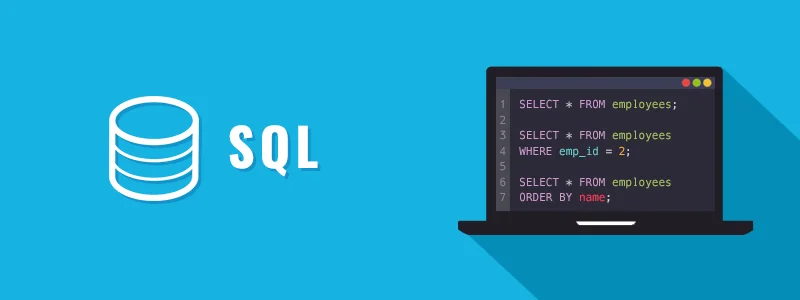
Structured Query Language (SQL) is a standardized programming language designed for managing, retrieving, and manipulating data within a relational database management system (RDBMS). The ISO standardized SQL in 1987, and it has since become the most widely-implemented database language, supported by popular relational database systems like MySQL, SQL Server, and Oracle. It's worth noting that some features of the SQL standard may vary in implementation across different database systems.
Originally developed at IBM in the early 1970s, SQL was initially called SEQUEL (Structured English Query Language) before being later changed to SQL (pronounced as S-Q-L).
Tip: Explore the fundamentals of SQL with our tutorial, covering topics from basics to advanced concepts. If you're a beginner, start with the basics and gradually progress each day.
SQL empowers you to perform various tasks, including:
These are just a few capabilities of SQL; there are numerous other database-related tasks you can perform. Further details on these tasks will be covered in upcoming chapters.
Note: Most relational database systems have proprietary extensions beyond the SQL standard, available exclusively on their systems.
This SQL tutorial series comprehensively covers fundamental SQL concepts such as database and table creation, the application of constraints, adding records to tables, selecting records based on different conditions, and more.
As you gain familiarity with the basics, the tutorial progresses to advanced levels, covering methods of retrieving records through table joins, searching records based on patterns, and exploring advanced concepts like modifying table structures, aggregations, grouping data, creating views for secure table access, index creation, date and time handling, table cloning, creating temporary tables, and understanding SQL subqueries and SQL injection.
Tip: Each chapter in this tutorial includes real-world examples for practical understanding. Test these examples using an online editor to enhance your comprehension. Additionally, smart workarounds, useful tips, and important notes are provided throughout the tutorial.